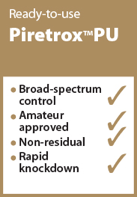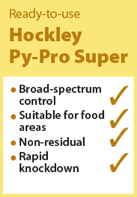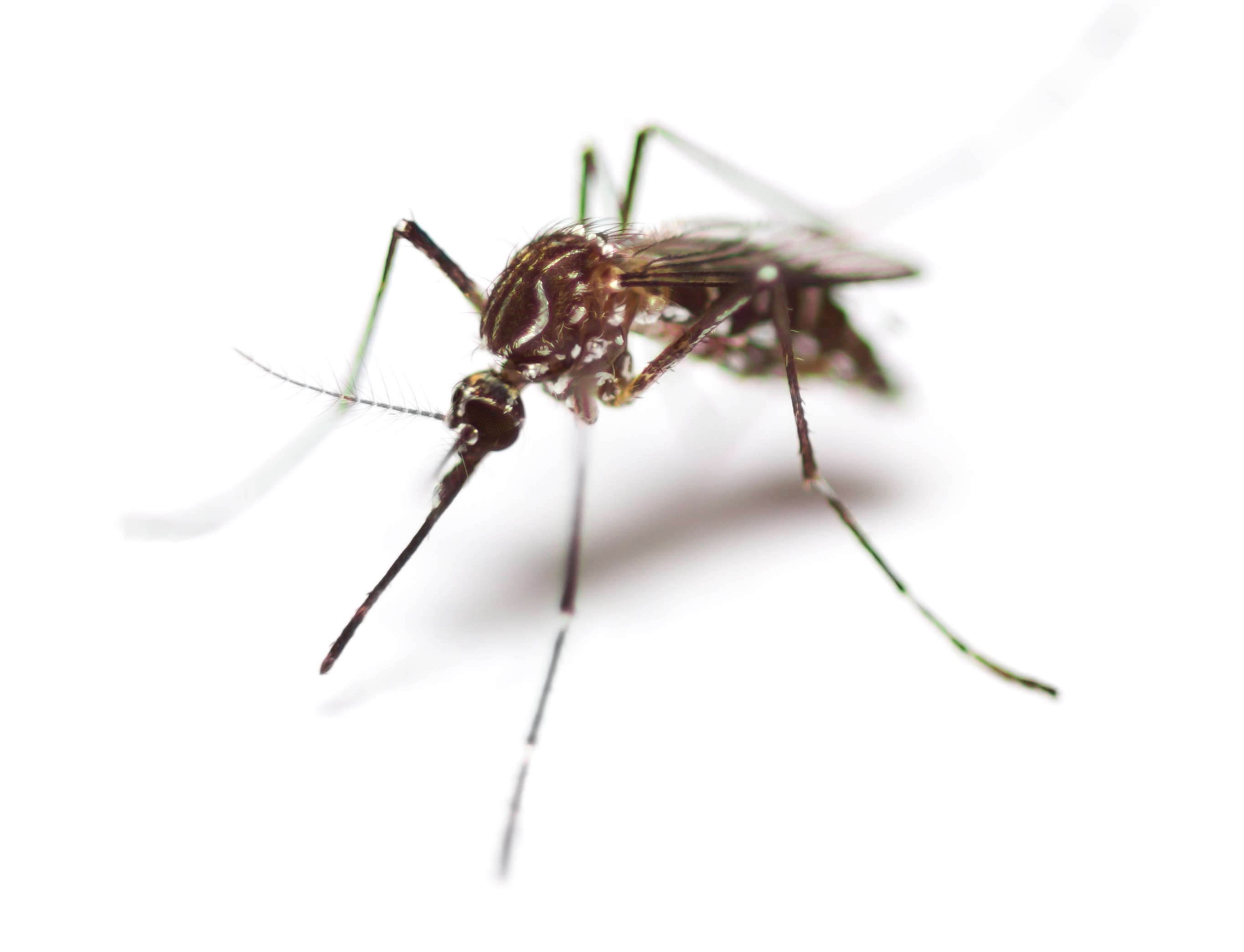Mosquito
(Culex)
The adult Culex size ranges from 3-10mm and are brown in colour, with males having bristles on the antennae. The female will position its body in parallel to its food source. Females require a blood meal in order to provide protein for the development of their eggs. Generally, females do not have more than one blood meal, however those that go on to have a second or third can become disease vectors.
Life Cycle
Complete metamorphosis
| Egg | Eggs are laid in rafts of around 200-300 eggs. The raft is floated on the water’s surface. Hatching usually takes place within 48 hours. |
| Larva | Larvae lives submerged in the water and comes to the surface to breathe. It will shed its exoskeleton four times each time growing. |
| Pupae | The pupae is the final stage before metamorphosis into the adult mosquito; this process takes around 48 hours. |
| Adult | Once emerged, adults will rest on the water’s surface until the body hardens. The adults will feed on nectar in order to fly and mate, which usually takes place around 48 hours after emergence. Once mating has occurred the female will consume a blood meal in order to provide protein for the eggs to develop (males are non-blood feeding). |
Habitat
Commonly found around still fresh water, such as drains and underground sumps.









